| Cole Seidl |
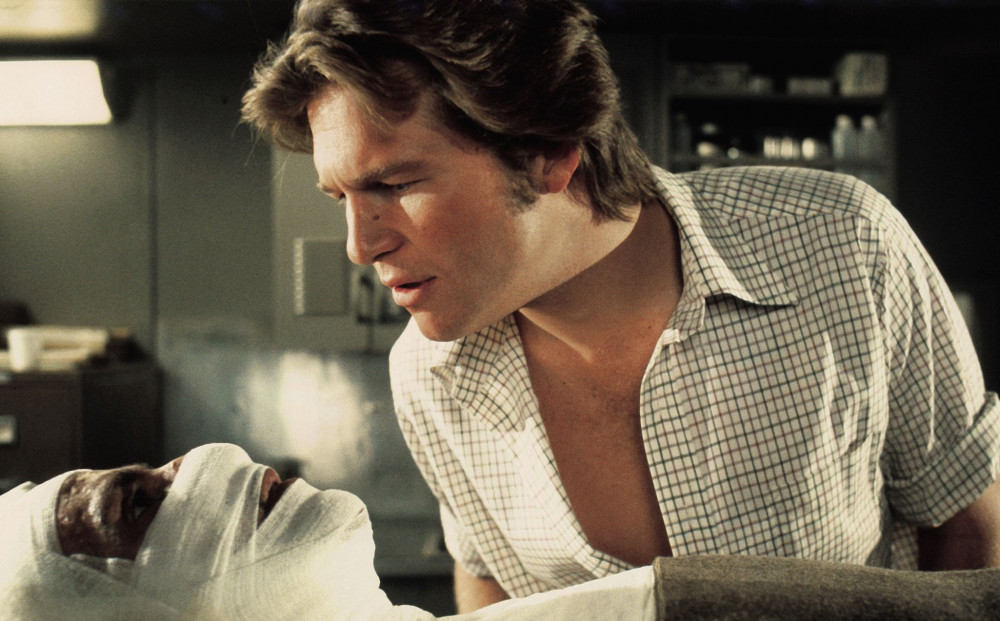
Winter Kills plays at the Trylon Cinema from Friday, January 5th, through Sunday, January 7th. Visit trylon.org for tickets and more information.
Paranoia is mainstream again. Since September 11th, 2001, the American collective unconscious has been building towards a degree of paranoiac saturation unseen since the golden age of conspiratorial thinking in the 1970s. On September 16th, 2001, Susan Sontag published a brief essay criticizing the near-universal agreement in the media on terms like “cowardly” to describe those who perpetrated the attacks. She drew particular ire by stating “in the matter of courage (a morally neutral virtue): whatever may be said of the perpetrators of Tuesday’s slaughter, they were not cowards.”1 This, along with a few other daring critiques of the media’s improper contextualization of these attacks,2 slowly brought the postmodern concept that truth is shaped by the media away from academic circles and into Thanksgiving dinner conversations. The post-truth era slowly became a concept almost all Americans were familiar with, and with no clear truth, paranoia flourished. We live in an era in which Q-Anon conspiracies are a significant factor in our electoral politics; where 65% of Americans reject the government narrative around the JFK assassination,3 and the most popular stand-up comedy is often centered around the (real or imagined) persecution of the comedian. Our politics have embraced what Richard Hofstadter called “The Paranoid Style.”4 Bennett Parten of Georgia Southern University has argued that this “Paranoid Style” of American politics is largely a way of converting “a lone loony into a member of a ‘silent majority.’”5 However, William Richert’s 1979 film Winter Kills seems to offer a Sontagian rebuttal to this statement. It seems to say “in the matter of paranoia (a morally neutral virtue): whatever may be said of those who possess a Paranoid sense of American politics, they are not [necessarily] loonies.”
Joseph McElroy is considered by many to be a novelist with insights on par with Thomas Pynchon or William Gaddis. He is often referred to as “the lost postmodernist.” His masterwork from the 70s is the somewhat impenetrable Lookout Cartridge—one of his only books to actively engage with paranoia as a theme. The book’s current publisher, Dzanc Books, has claimed the ambition of the book is “to redeem the great claim of paranoia on the American Psyche.” This suggests that most paranoid thoughts are not necessarily validated by the truth (however elusive the truth may be) but that paranoid thinking is something that can indeed be redeemed. There is a value to it that is worth preserving, possibly a value that has been corrupted by forces that feel threatened by what the paranoiacs may find?
Paranoid thinking shows itself at almost every turn in Winter Kills. The film displays a profound mistrust of any and all traditional systems of authority or security. Family, wealth, government, romance, the police, and the grand figures of American Mythology are all cast aside without a second’s thought. Film critic Ignataiy Vishnevetsky wrote in his Letterboxd entry for the film, “[I] would actually go so far as to say that this is less silly than Stone’s JFK, because it has nothing but contempt for the Kennedys and understands that the world is run by clowns.”6 Even Oliver Stone’s JFK, in attempting to depict a paranoiac mindset, still believes in JFK’s nobility of character. It believes that truth exists, and it can be used to triumph over evil. Winter Kills depicts a world in which good and evil are irrelevant. JFK was a pointless cog in a machine for which murder serves as a sort of lubricant. Truth is purchased by other cogs in this machine, and if uncovered, it changes nothing.
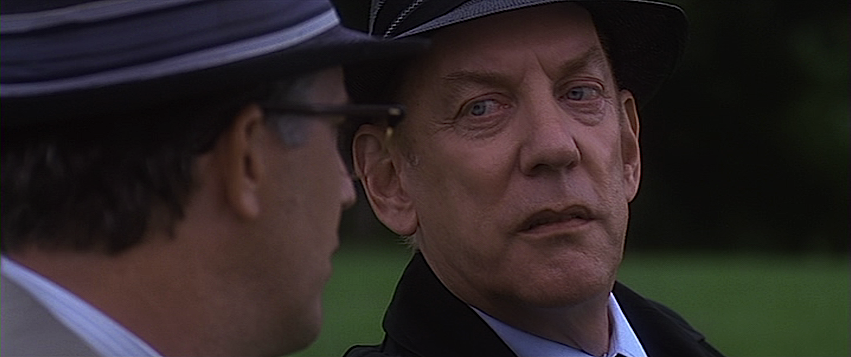
What is most interesting about the film is the specific way it manages to undercut almost everything American society (or at very least American cinema) values—mostly, through the aesthetics of parody. Winter Kills treats the iconography of these American values the same way Zucker, Abrahams and Zucker treat stock genre tropes.7 The film depicts American oligarchs with their ridiculous wealth and military fetishism playing an absurd game of polo in which horses are replaced with tanks. America’s nascent surveillance state is reduced to an asocial Anthony Perkins (in a career-best performance) slinking around a supercomputer reminiscent of the cloud city from Star Wars. A reconnection between father and son is rendered as a guessing game in which the son guesses whether the woman sitting next to his father is currently performing a sexual act underneath a blanket. Cartoonishness, hyperbole, and vulgarity reign supreme. The aesthetic of the film is largely slapstick, but the film itself isn’t quite funny. The aesthetic is simply an outgrowth of a worldview so temperamentally paranoid it cannot dare to take anything seriously for even a moment.
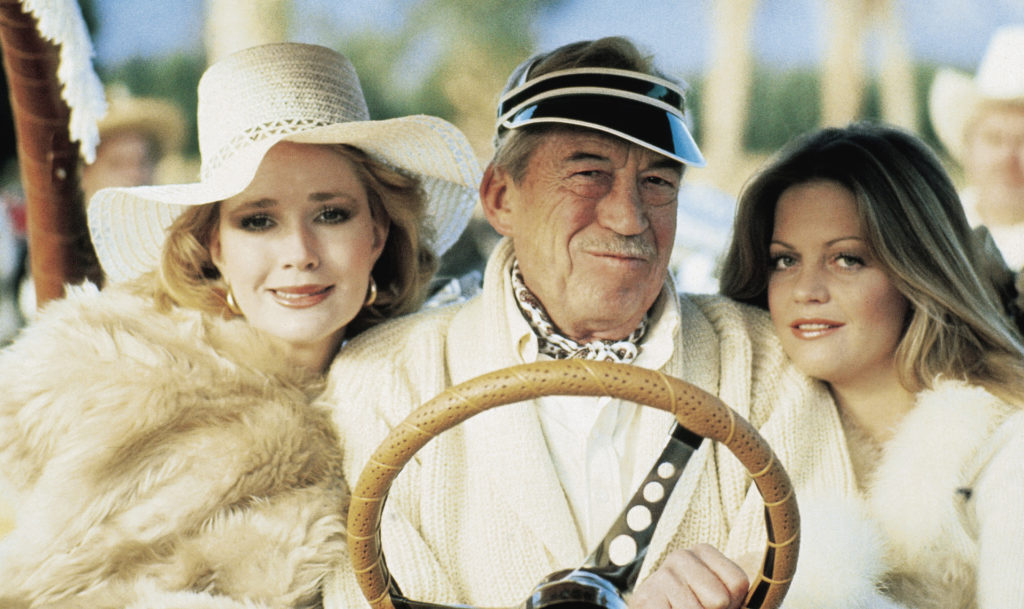
This connects Winter Kills to the works of American novelist Thomas Pynchon, whose postmodern tomes are almost synonymous with the unique brand of leftist paranoia born of COINTELPRO, Watergate, and a growing consciousness about American colonialism of both the traditional and the “neo” varieties. The worldview of Pynchon’s novels is pessimistic, aghast, or even enraged. However, the most frequently-cited aspect of his novels, other than their supposed incomprehensibility, is their juvenile sense of humor. Pynchon’s horrifying and horrified view of American society is always rendered in a literary slapstick filled with puns, jokes about genitalia, and descriptions of scenes that belong in a particularly high-budget Laurel and Hardy picture. His most respected novel, 1973’s Gravity’s Rainbow, features a pie fight in hot air balloons, a giant octopus attack, international espionage committed by a man in a pig costume, and a hero whose erections seem to dictate the landing sites of Germany’s V-2 rockets. Pynchon’s own sense of cartoonishness, hyperbole, and vulgarity is so baked into the fabric of his writing that Paul Thomas Anderson, when adapting Pynchon’s novel Inherent Vice, specifically cited Zucker, Abrahams and Zucker as an influence on his approach to the mise-en-scène.8 Interesting that William Richert successfully achieved this slapstick-as-paranoia sense of filmmaking in 1979, only 6 years after Pynchon published his magnum opus.
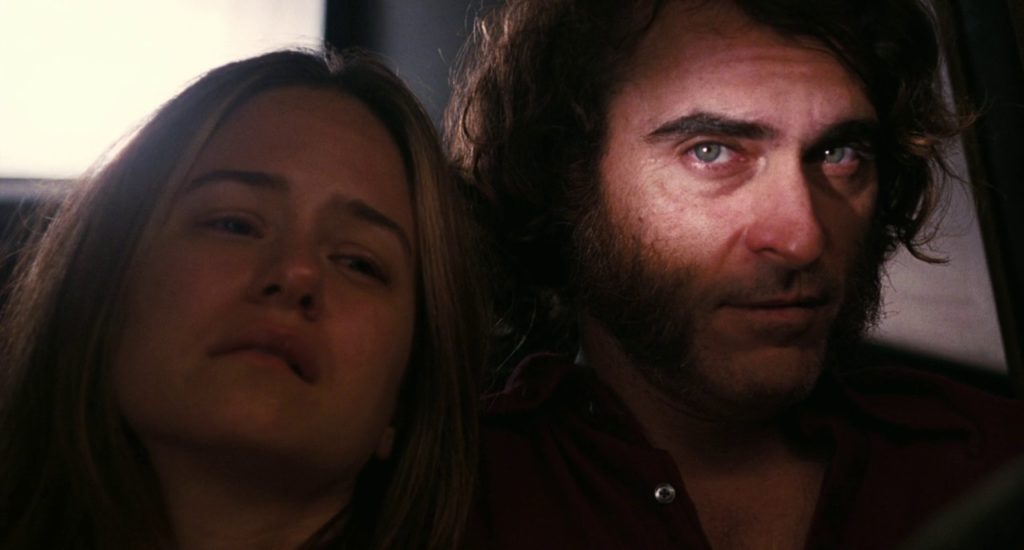
Winter Kills, adapted from a novel of the same name and published only a year after Gravity’s Rainbow, caused controversy across the literary world.9 It was written by Richard Condon who is best known as the author of another cynical political novel, The Manchurian Candidate. While Condon’s Winter Kills certainly depicts a sense of paranoia and outlines an actual conspiracy in a picaresque series of confrontations with numerous red herrings, it does not contain the Pynchonian sense of paranoia that has so deeply rooted into the fiber of our society and the psychology of the people within it that reality itself becomes absurdist comedy. “Truth,” for lack of a better word, exists in Condon’s novel. It may not be pretty, but with hard work it can be uncovered, and uncovering it has inherent value (as opposed to being an inherent vice). Richert’s film seems less convinced that a search for truth, in a country as intrinsically corrupted as the United States, could ever be more than a farce. Paranoia becomes despair, and this despair reveals itself as a pratfall.
Winter Kills, better than even Paul Thomas Anderson’s actual adaption of his work, gets at the heart of Pynchon’s aesthetics of Paranoia. It is one of the most distinct films of the Golden Age of Conspiratorial Thinking, and as such it is a film we should study, and treasure, as we stumble through our Paranoiac New Wave.
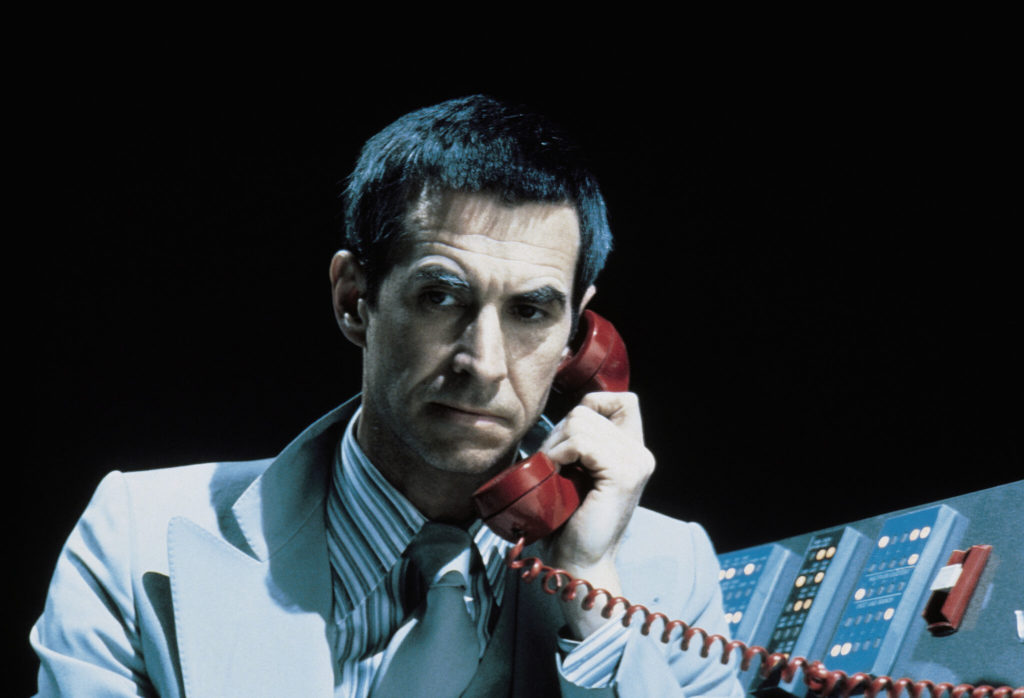
Footnotes
1 Sontag, Susan. “Tuesday, and after.” The New Yorker (2001, September 17). https://www.newyorker.com/magazine/2001/09/24/tuesday-and-after-talk-of-the-town.
2 Serj Tankian, front man for the metal band System of a Down, was also harshly criticized for his essay Understanding Oil, which was published directly on System of a Down’s website. He called for a contextualization of the attacks, specifically the U.S. using its Security Council veto power to sidestep any resolutions that it finds strategically inconvenient, leaving terrorism the most immediate available option to parties opposed to U.S. policies. The essay remains available to read at: https://armeniapedia.org/index.php?title=Understanding_Oil.
3 Brenan, Megan. “Decades Later, Most Americans Doubt Lone Gunman Killed JFK” Gallup (13 Nov. 2023). news.gallup.com/poll/514310/decades-later-americans-doubt-lone-gunman-killed-jfk.aspx. Accessed 10 Dec. 2023.
4 Hofstadter, Richard. “The Paranoid Style in American Politics, by Richard Hofstadter” Harper’s Magazine (Nov. 1964). harpers.org/archive/1964/11/the-paranoid-style-in-american-politics/ . Accessed 10 Dec. 2023.
5 Parten, Bennett. “The Paranoid Style: Rereading Richard Hofstadter in the Aftermath of January 6” Los Angeles Review of Books (13 July 2021). lareviewofbooks.org/article/the-paranoid-style-rereading-richard-hofstadter-in-the-aftermath-of-january-6/. Accessed 10 Dec. 2023.
6 “A ★★★½ review of Winter Kills (1979)” Letterboxd (9 May, 2020). letterboxd.com/vishnevetsky/film/winter-kills/. Accessed 20 Dec. 2023.
7 Zucker, Abrahams and Zucker (or ZAZ), are David Zucker, Jim Abarahams, and Jerry Zucker. The filmmaking trio behind Airplane, Top Secret, and the Naked Gun franchise. Together and individually they essentially had a monopoly on the spoof subgenre throughout the 80s and 90s.
8 Perez, Rodrigo. “Paul Thomas Anderson At NYFF: 5 Influences of ‘Inherent Vice’ Plus Curated Clips & Films You Should Know” Indiewire, 5 Oct. 2014, www.indiewire.com/features/general/paul-thomas-anderson-at-nyff-5-influences-of-inherent-vice-plus-curated-clips-films-you-should-know-271616/. Accessed 15 Dec. 2023.
9 Gravity’s Rainbow was selected for the Pulitzer Prize in 1974 by the Jury, however, the advisory board found the book to be so distasteful they elected to forgo awarding a prize altogether. As noted by the New York Times. “nytimes.com” https://www.nytimes.com/1984/05/11/books/publishing-pulitzer-controversies.html Accessed 10 Dec. 2023.
Edited by Olga Tchepikova-Treon
